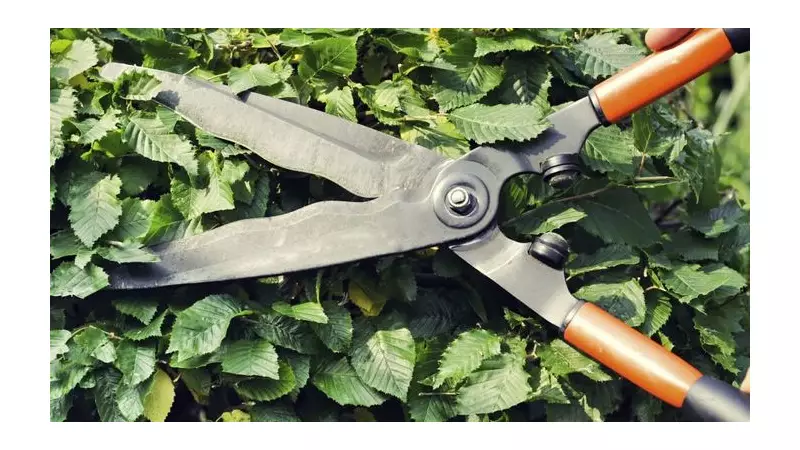
As the vibrant colours of autumn begin to paint our gardens, savvy homeowners turn their attention to one crucial seasonal task: hedge maintenance. Proper autumn pruning not only keeps your garden looking neat but sets the stage for healthy growth in spring.
Why Autumn is Prime Pruning Time
The golden months of September through November offer the perfect window for hedge trimming. During this period, most hedge plants have completed their annual growth cycle, yet remain warm enough to recover from pruning before winter's chill sets in.
Autumn trimming serves multiple purposes: it maintains your hedge's shape, removes dead or diseased wood, and prevents winter damage from snow and strong winds. More importantly, it allows the plant to direct its energy toward developing strong roots rather than supporting excess foliage through the cold months.
The Golden Rule: How Far to Cut Back
One of the most common mistakes gardeners make is cutting hedges too severely. The general guideline is never to remove more than one-third of the plant's total growth in a single season. For most established hedges, trimming back the current year's growth by about half is ideal.
For formal hedges, maintain a slight taper – wider at the base than the top. This "A-shape" profile ensures sunlight reaches the lower branches, preventing bare patches from developing at the bottom.
Step-by-Step Hedge Trimming Guide
- Assess first: Walk around your hedge and identify any dead branches, diseased sections, or areas needing special attention
- Start with the sides: Trim vertical surfaces using sweeping upward motions for even cuts
- Move to the top: Create a level surface, using string lines as guides for formal hedges
- Clean as you go: Remove trimmings regularly to maintain visibility and prevent disease spread
- Step back frequently: Regular assessment ensures you maintain the desired shape
Essential Aftercare for Healthy Hedges
Once trimming is complete, your hedge will appreciate some autumn TLC. Apply a thick layer of organic mulch around the base to protect roots from frost and retain moisture. If autumn remains dry, provide supplementary watering until the ground freezes.
For nutrient-hungry species like privet or laurel, a balanced fertiliser applied after pruning can support root development through winter. However, avoid high-nitrogen feeds that might encourage tender new growth vulnerable to frost damage.
Common Hedge Trimming Mistakes to Avoid
- Cutting at the wrong time – late autumn pruning can stimulate growth that won't harden before frost
- Using blunt tools – clean, sharp equipment makes cleaner cuts that heal faster
- Ignoring weather conditions – avoid trimming during wet weather to prevent disease spread
- Forgetting safety gear – always wear gloves and eye protection
Remember that different hedge species may have specific requirements. While most deciduous hedges benefit from autumn attention, some evergreen varieties prefer spring pruning. Always research your particular hedge type for optimal care.
With these expert techniques, your hedges will not only survive the winter but emerge in spring looking fuller, healthier, and more beautiful than ever.





